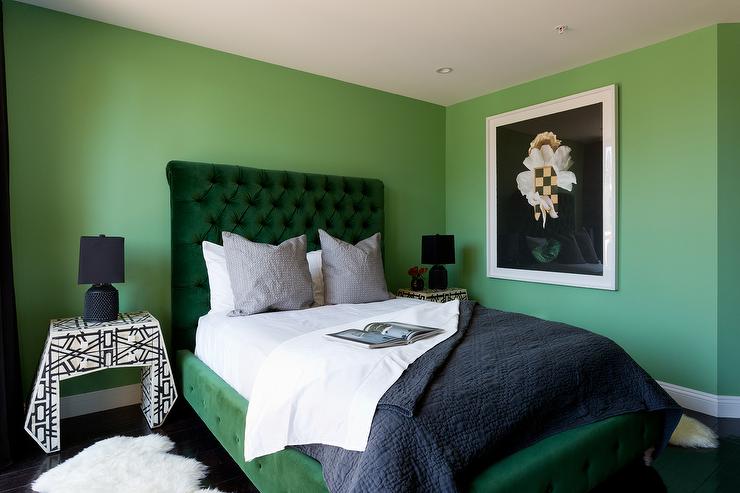Restoring old paint finishes and choice of paint for exteriors
Sales of green paint have been going well since my last newsletter (in case you missed it, it’s supposed to be the paint equivalent of viagra).
But I thought I should raise the tone a little.
We sometimes find houses with old paint finishes that haven’t been redecorated since the 70’s, and often enough we find they still have the old lead paint.
Now, lead paint was around for many years. As I’m sure you know, it was used as a pigment by the Pharoahs, possibly even earlier.
In the 12th Century BC the High Priest of Amen, Ramses-nakht, is recorded as ordering 15 deben of galena (lead sulphide), and complaining “When it had been handed to the physician of Pharaoh in order to prepare it, it was found to be very bad galen…Only a single deben of galena was found among it…. “.
I sometimes have similar conversations with my suppliers.
But removing lead paint is tricky – sanding it off creates dust which you definitely don’t want to breathe in, and it has to be carefully disposed of. In the US, they often just cover it with a sealant coating and leave it be. Over here we recommend getting rid of it, unless it’s a historic building – but we would definitely do it carefully.
I talked to a specialist restoration expert about the old paints recently. He restored the Royal Palace in Stirling – a stunning job – with no lead at all. In that case, the entire interior was painted in egg tempera (egg yolks and pigment) mixed on site. Being a Scot, he couldn’t resist telling me the paint bill for the entire job was less than £500.
Modern paints of course don’t contain lead, and for the past 6 years they have also had low Volatile Organic Compounds (‘VOCs’ – the old solvents like turpentine substitute). VOCs aren’t necessarily immediately dangerous to health, but they do cause environmental damage.
We use paints from Valspar, Dulux and Crown, and varnishes from Radon and Ronseal, which have low-VOC safe solvents.
Water-soluble solvent coatings have become quite popular, and while the idea is nice we really don’t recommend them, particularly for any exterior work. Scratch them with your fingernail and they come off.
They are also thicker and dry more quickly, so brush strokes will often be visible.
The ever-patient Holly, my better half, says my preoccupation with paint is unhealthy and I need to get out more.
But she seems happy with the new bedroom. Bright green.
All the best,
Geoff Parvin





